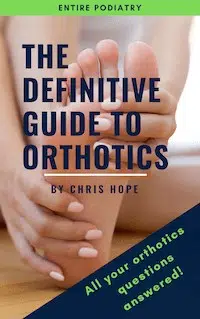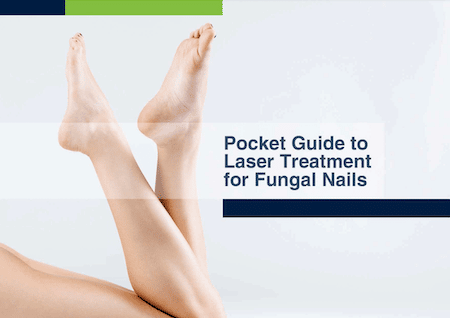 What is Tinea?
What is Tinea?
Tinea is a fungal skin infection that commonly occurs in the feet, often referred to as ‘Athlete’s Foot’. Tinea of the feet is called tinea pedis and can occur in various patterns on one or both feet.
What does Tinea look like?
Tinea pedis can present in many ways depending on the nature of the infection, for example:
- Fine dry scaling in patches on the sole of the foot
- Dryness of the skin along the sole, heel and sides of the foot
- Red scaly and peeling rash on and between the toes
- Clusters of blisters on the side of the foot instep
- Round dry patches on the top of the foot
- There may also be itching, cracking or peeling of the skin, and white or yellow discoloration of the toenails, which can be indicative of an associated fungal nail infection.
Is Tinea contagious?
Yes, tinea can be spread through direct skin-to-skin contact, or indirectly through shared use of towels or clothes. Tinea is also frequently spread by going barefoot in public swimming pool changerooms.
What is the treatment for Tinea?
If you suspect tinea on your feet, your podiatrist will usually recommend an anti-fungal cream and/or powder to help eradicate the infection. If a topical cream or powder is not effective in eliminating the infection, oral medication may also be recommended.
How can I prevent Tinea?
Prevention is the best cure! The best ways to prevent tinea on your feet include keeping your feet clean and dry, particularly between the toes. Tinea infections love moisture so avoid letting your feet become overly wet or sweaty by wearing moisture-wicking socks and make sure you change your socks regularly. It is also good to have at least two pairs of work shoes so that you are not wearing the same shoes every day. This will give your shoes a chance to air out between wears and can reduce the risk of fungal infections.
In communal areas such as gym or swimming pool changerooms and shower areas, wear thongs to reduce the risk of your feet picking up a fungal infection. To prevent cross-contamination, avoid sharing towels with other people and wash your hands thoroughly after touching any infected areas.
For more information about treatment and prevention of tinea pedis, call 1800-4-ENTIRE or contact your nearest clinic.





